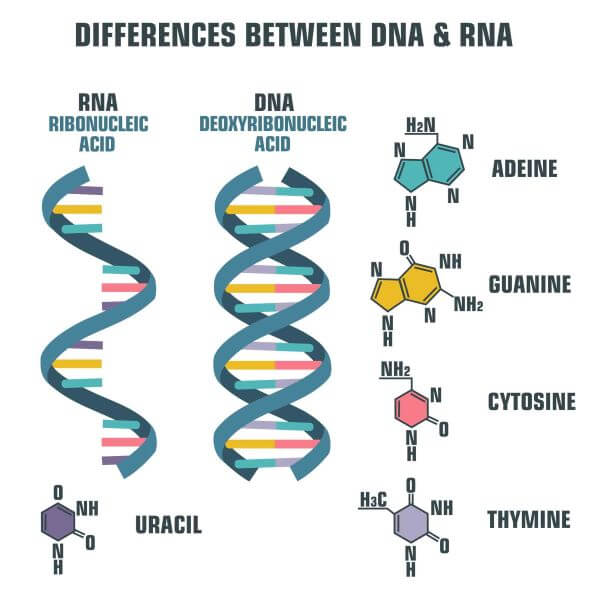

On the other hand, generally other salt denaturing methods cannot be reversed. The benefit of using NaOH to denature DNA is that it can be renatured by the addition of phosphate buffer. Denaturing with NaOH can take great amounts of time depending on the concentration of the chemical.

However, it is not the most accurate method and the use of DNA sequencing might be a better substitute for it. Heat denaturing is the most simple and the easiest way to undergo the splitting of the dsDNA. When the strands are separated, the heat is removed or the mixture is neutralized in order to prevent the strands from rejoining together. This is also the best way to split DNA as it usually results in two, whole single-stranded DNA chromosomes. These are called the denaturation of DNA. These can range from treatment with salt or NaOH as well as direct heating methods.

These two single strands will then be bound together by single-stranded DNA binding proteins and create more copies of the dsDNA. When the DNA splits, creating the DNA replication fork, it will replicate each side of the dsDNA, creating two single-stranded DNA.
#Dna stands for in biology full
However, if a strand of DNA was to be expanded to its full length, it would be almost 2 meters long.Īs mentioned previously, single-stranded DNA can be found in three ways: (1) during the replication of dsDNA, (2) as the ssDNA genome in parvoviridae and microviridae, and (3) when dsDNA is artificially separated using heat. How long is a strand of DNA? DNA is a very compact molecule and so it fits into cells with no issues. When DNA is heated artificially, it can also cause the double-stranded helix to separate and break, forming single-stranded DNA as well. Single-stranded DNA genome also exists in class II of viruses known as the Parvoviridae and bacteriophages called microviridae. The replication of single-stranded DNA forms two separate single-stranded chromosomes that join together to form double-stranded DNA (dsDNA). Single-stranded DNA is the single DNA strand that is created during the replication process of DNA. What is ssDNA? The ssDNA definition is as follows: The comparison between single-stranded RNA and double-stranded DNA. However, DNA can be either double-stranded or a single strand of DNA (ssDNA). Which molecule is always single-stranded? RNA is always single-stranded and is often referred to as single-stranded ribonucleic acid. Is RNA single-stranded? Is DNA single-stranded?īoth molecules can be single-stranded nucleic acids.
#Dna stands for in biology code
They help with code and decoding as well as the regulation and expression of genetic material.ĭNA and RNA have their similarities and differences, especially in structure. RNA on the other hand a nucleic acid present in organisms that help with cellular, genetic processes. Even twins, who genetically share the same DNA coding, as not exactly genetically identical.


 0 kommentar(er)
0 kommentar(er)
